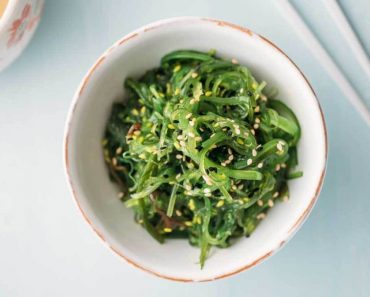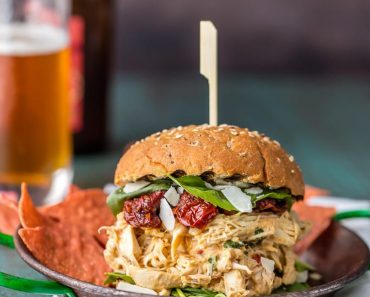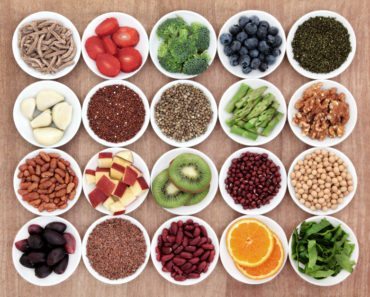
It is 2019. The year of self-empowerment and the year for you to take care of you. That probably means you’re thinking about going on a diet. But what diet?
Well, this year the diet everybody is talking about is more of a “non-diet”. It’s called intuitive eating. But what does intuitive eating actually mean? It means you can indulge without feeling guilty because you’re learning how to differentiate between what kind of food your body wants versus what it needs.
Intuitive Eating Defined
Intuitive eating is more than a wellness trend. Unlike a common diet, “Intuitive eating is about trusting your inner body wisdom to make choices around food that feel good in your body, without judgment and without influence from diet culture,” says Aaron Flores, a registered dietitian nutritionist. It’s about learning your own hunger cues to understand when you’re hungry and when you’re full. It sounds simple, but it’s a challenging practice to implement depending on your relationship to your body and food.
How do you even eat “Intuitively”??
“The hunger-fullness scale is a useful tool to help you begin to pay more attention to what variations in hunger levels and fullness levels feel like to you. Check in with yourself before a meal or snack, partway through eating, and as you finish eating. It can be helpful to keep a journal and track your feelings of hunger and fullness so that you start to be more conscious of how your body is feeling,” recommends nationally-recognized dietitian Alissa Rumsey.
Who Should Try It?
The simple answer? Everyone. However, if you have a history of eating disorders, be aware that this is not a diet and there’s no predicted outcome of losing, gaining, or maintaining weight. While the experience is different for everyone, ultimately, it’s about connecting the food you eat with your mind and body.









